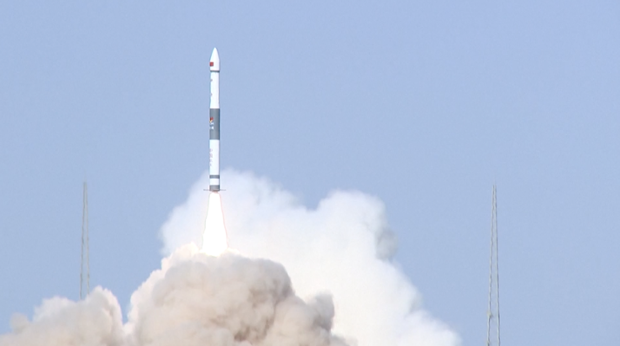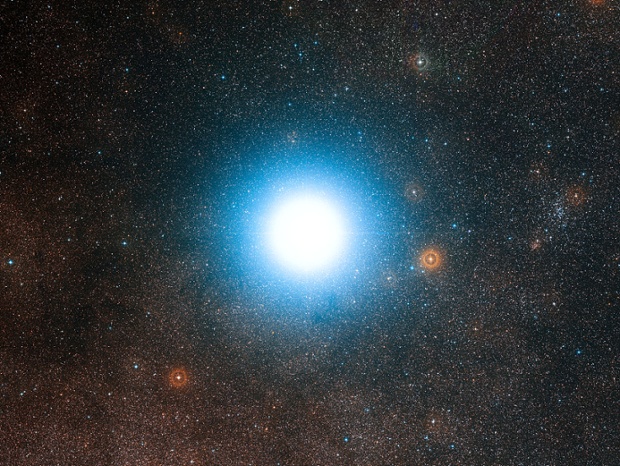|
Pankaj Sharma is one of the world's premier speakers on Leadership and Personal Mastery. As a presenter, Sharma has the rare ability to electrify an audience yet deliver uncommonly original and useful insights that lead to individuals doing their best work, teams providing superb results and organizations becoming unbeatable. Pankaj Sharma is also a Research Scientist.
Thursday, October 28, 2021
NASA's DART spacecraft, humanity's first asteroid defense mission, less than one month from launch
Scientist Pankaj
Day in Review: Invention Challenge Brings Student Engineers to NASA JPL | Artemis IV: NASA Selects Two Instruments for Lunar Dust and Interior Science
Now in its 26th year, the event brings teams of middle and high school students to the lab to compete with home-built contraptions Missions...
-
Join a community of science-loving readers. ͏ ͏ ͏ ͏ ͏ ͏ ͏ ͏ ͏ ͏ ͏ ͏ ͏ ͏ ͏ ͏ ͏ ͏ ͏ ͏ ͏ ͏ ͏ ͏ ͏ ͏ ͏ ͏ ͏ ͏...
-
A free, daily newsletter for anyone who loves science, inspiration and awe ͏ ͏ ͏ ͏ ͏ ͏ ͏ ͏ ͏ ͏ ͏ ͏ ͏ ͏ ͏ ͏ ͏ ͏ ͏ ...






